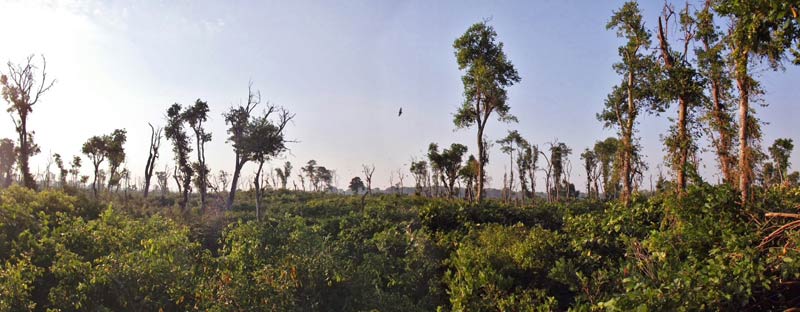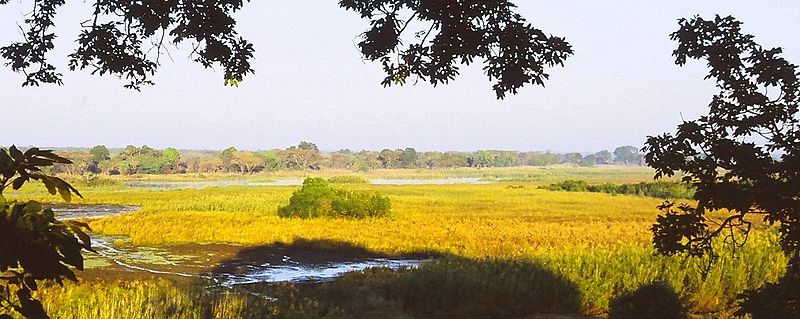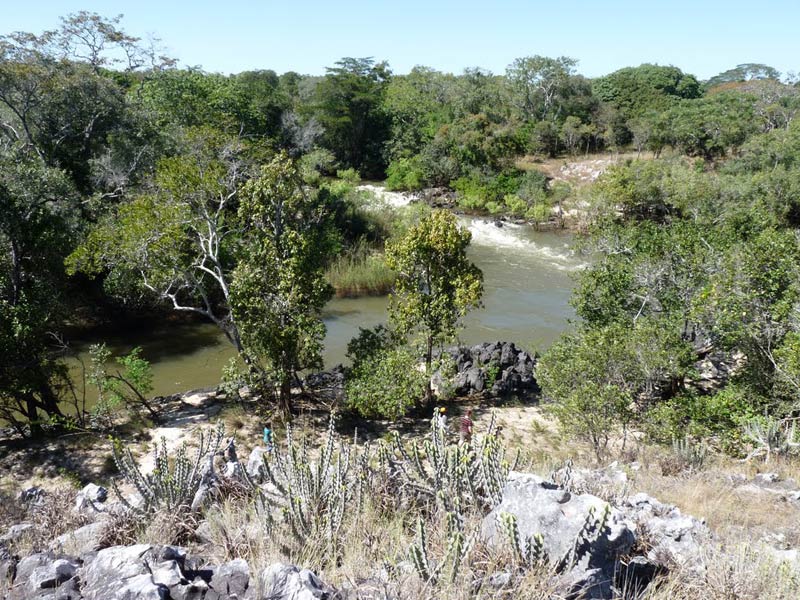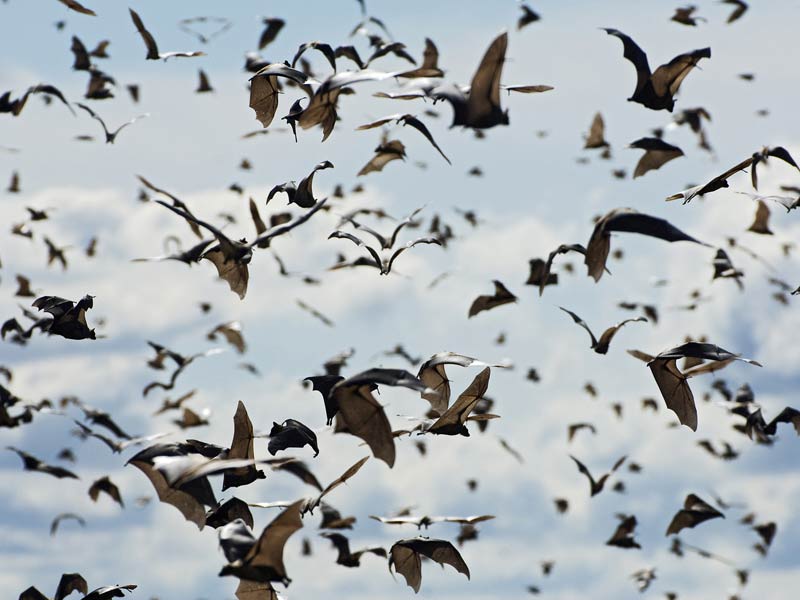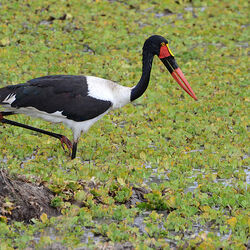Kasanka National Park
Kasanka is one of the smallest national parks in Zambia and covers only 390 km2. The park is notable for the fact that it is managed by a private organization. The relief of Kasanka is mostly flat, among the hills it is worth noting the hills of Bwalya Bemba and Mpuluwe.
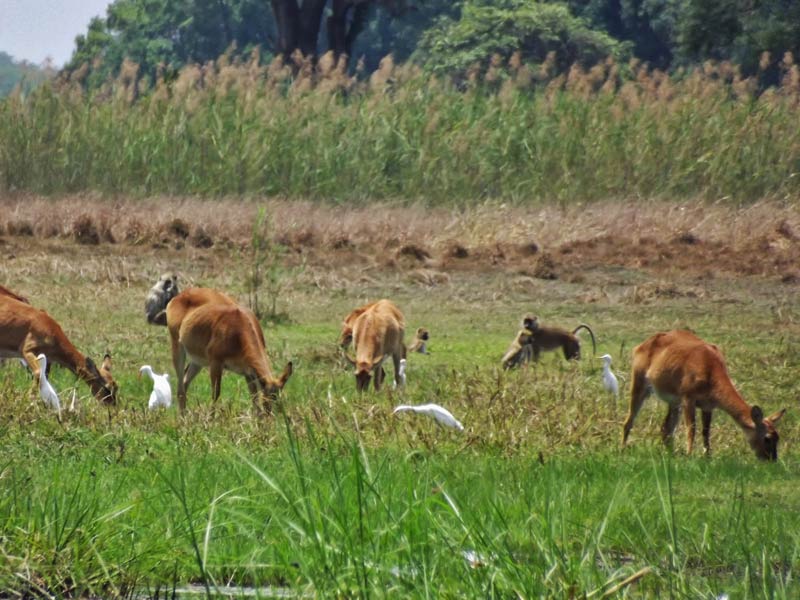
There are 9 permanent lakes in Kasanka Park, which are surrounded by the Miombo savanna forest, which occupies almost 70% of the park's territory. Miombo forests form a curtain over vegetation, but due to frequent fires, trees burn down, opening the way for young seedlings. Kasanka Park has several fairly large rivers: Luwoba, Mulembo, Kasanka, Mulaushi and the marshy Musola River. The marshes are mostly overgrown with papyrus, among which Sitatunga antelopes hide. Rivers and lakes are inhabited by a wide variety of fish, other forms of aquatic and semi-aquatic wildlife.
The park's animal world is impressive, with 108 species of mammals found here. Many animals were almost exterminated here, but effective anti-poaching measures have allowed the animal population to recover. Now, many species of antelopes, warthogs, and vervet monkeys graze in the grassy floodplains, and hippos are also common near rivers. In addition, Kasanka Park is home to rare blue monkeys. Elephants, buffaloes, and zebras graze on the endless savannahs. Of the predators, only leopards, lions and jackals are constantly found here, sometimes crossing the territory of the park. The park has a rich avifauna, numbering 450 species of birds. This is one of the best bird watching spots.

But the most attractive thing about Kasanka Park is not the herds of elephants and zebras, but the migration of fruit bats that arrive here in early October. By mid-November, the concentration of bats reaches 8 million. The arrival of bats usually coincides with the beginning of the first rains and the ripening of many local berries, which the bats feed on. A huge number of mice attract aerial predators that hunt them in the air. The same mice that land unsuccessfully on the ground or water are eaten by leopards and crocodiles. Mice are best observed at dusk or dawn.
Since the park's establishment in 1972, much has been done to develop the tourist infrastructure: roads have been built, anti-poaching measures are being implemented, and 60 employees are monitoring the park's work.
